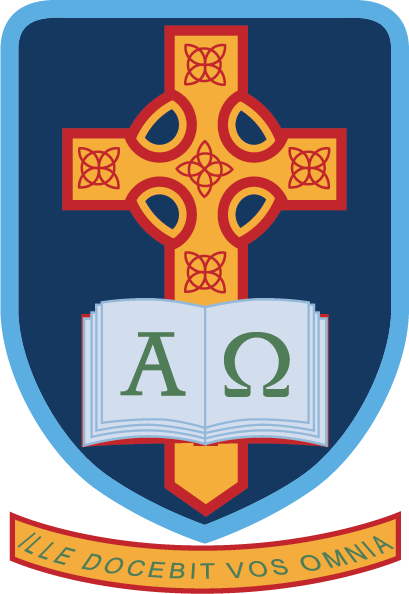
Engineering
Overview
This qualification in Engineering gives learners a solid foundation for building a career in the engineering sector or moving on to further qualifications or training.
Engineering
Team
- Mr C Gourley
GCSE
CCEA Exam Board
YEAR 11
Health & Safety, Materials, Manufacturing processes
Manufacturing tools and equipment
Basic Engineering Maths, Manufacturing methods, Industrial manufacturing processes
Systems Electronic, mechanical and pneumatic.
YEAR 12
Unit 1 Controlled Assessment Task
Unit 2 Practical exam
A LEVEL
Engineering – BTEC (Taught at South West College, Dungannon)
Pearson BTEC Level 3 National Extended Certificate in Engineering
Course Content and Assessment Information
Year 13
Engineering Principles
This unit will develop your mathematical and physical scientific knowledge and understanding to enable you to solve problems set in an engineering context. You will explore and apply the algebraic and trigonometric mathematical methods required to solve engineering problems. The mechanical problems you will encounter cover static, dynamic and fluid systems. The electrical and electronic problems you will encounter cover static and direct current (DC) electricity, DC circuit theory and networks, magnetism, and single-phase alternating current theory. You may apply these engineering principles to solve problems involving more than one of these topic areas.
Computer Aided Design in Engineering
In this unit you will use CAD software and hardware to produce 2D and 3D drawings. You will acquire the skills to produce models of products, editing and modifying these, and exploring materials and their properties. You will output a portfolio of drawings, for example orthogonal, 3D shaded or solid model, and detail view drawings, to an international standard.
Year 14
Delivery of Engineering Processes Safely as a Team
In this unit, you will examine common engineering processes, including health and safety legislation, regulations that apply to these processes and how individual and team performance can be affected by human factors. You will learn the principles of another important process, engineering drawing, and develop two-dimensional (2D) computer-aided drawing skills while producing orthographic projections and circuit diagrams. Finally, you will work as a team member and team leader to apply a range of practical engineering processes to manufacture a batch of an engineered product or to safely deliver a batch of an engineering service.
Engineering Product Design and Manufacture
In this unit, you will examine what triggers changes in the design of engineering products and the typical challenges that engineers face, such as designing out safety risks. You will learn how material properties and manufacturing processes impact on the design of an engineering product. Finally, you will use an iterative process to develop a design for an engineering product by interpreting a brief, producing initial ideas and then communicating and justifying your suggested solution.
